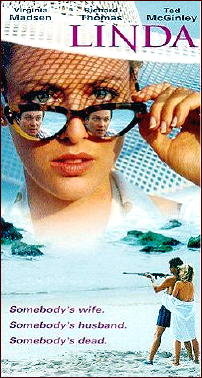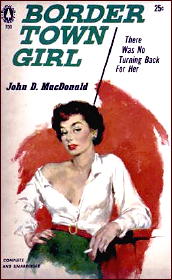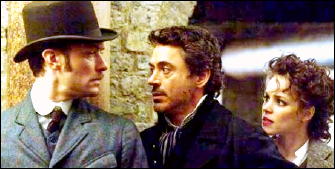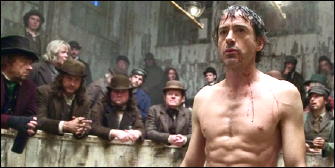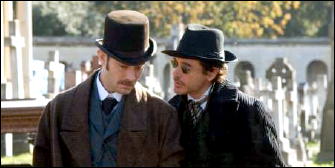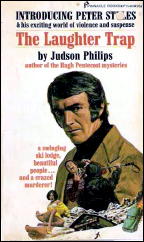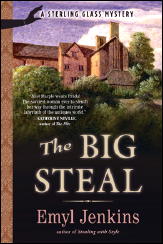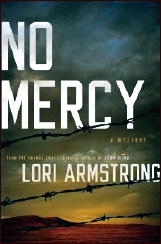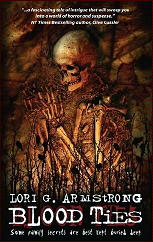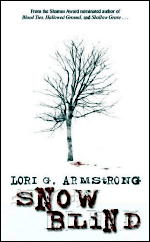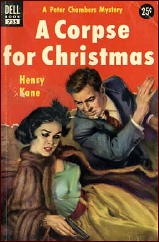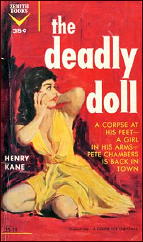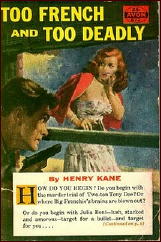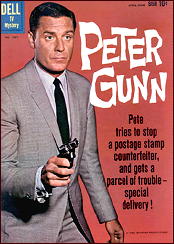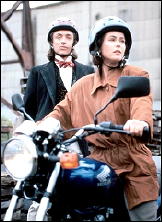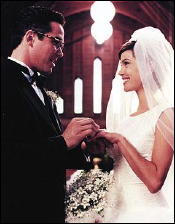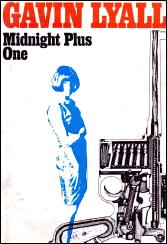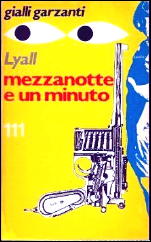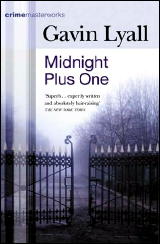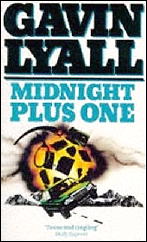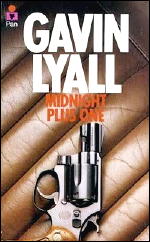Sun 13 Jun 2010
Reviewed by William F. Deeck: MEANS DAVIS – Murder Without Weapon.
Posted by Steve under Authors , Bibliographies, Lists & Checklists , Reviews[8] Comments
William F. Deeck
MEANS DAVIS – Murder Without Weapon. Harrison Smith & Robert Haas, hardcover, 1934.
Memorial Hospital may be a fine place to visit. It is not a good idea to be one of its patients. One doctor thinks hot coffee and bromos induce sobriety. Another doctor also believes black coffee will straighten out a drunk, but he in addition employs a stomach pump that he just happens to have in his pocket while attending a funeral.
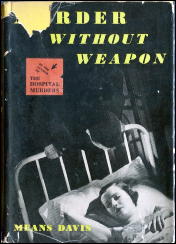
(The stomach pump is an odd instrument, consisting of a long tube with an oval bulb at one end. The patient, or victim, swallows the end with the bulb. Shortly thereafter, by gravity or faith or something, the stomach contents gush forth through the tube.)
The hospital’s physician-in-chief describes an aunt’s obsessive interest in her nephew as an Oedipus complex. Another doctor, an expatriate German, says, gutturally of course:
He is preaching to the converted while holding on to the converted’s thighs, but it’s a good example of how a mystery author craftily contrives to subtly. convey information amid a somewhat mixed metaphor. The converted, by the way, is a nurse; when “she whispered, her nose, which was too long, and her lips, which were too full, contorted sensuously.”
The author may mean “sensually”; then again, he may not. He may also know what he’s talking about; I don’t. Noses contorting sensuously or sensually are beyond my comprehension.
This same doctor, something of a ladies’ or at least a nurses’ man, observes the heroine and, wouldn’t you know, mutters:
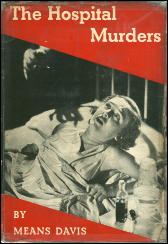
Not satisfied with these M.D.’s, the author introduces, should any reader have unwisely reached this point, Timberlake Pitts, a lawyer so oleaginous that Uriah Heep would be forced to view him askance.
And there is the heroine’s brother, a seldom-do-well whose “charm lay in the rapidity with which the pockets under his eyes could relax into silver-gray shadows.”
Remember, I just report; don’t expect me to explain.
Max Higgins, whom many of you will recall from The Hospital Murders (1934), a book I really want to read after I recover from this one, is in Memorial Hospital with a kidney problem. The hospital authorities ask him to investigate. Since he cannot leave the hospital, he calls in his assistant.
The reason I bought Murder Without Weapon was the chapter titled “Snod Smooty Starts Snooping.” Snod is something of a Saul Panzer, only more talented:
Actually, it is only when Snod is around that the novel becomes semi-interesting. When asked what he’s been doing recently, he replies that he has been involved in prison work. Asked what he discovered, he says: “Usual thing. Perversion and pellagra. Result: Riots.'”
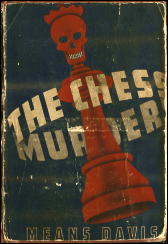
When I once read a mystery that had a shark as the murder weapon — no, nothing so mundane as the shark eating the victim — I thought I could no longer be surprised by any murderous device. Means Davis did astonish me here with a unique, I would hazard, method of inducing death, or possibly insanity, though it would seem to work only with elderly ladies who have weak hearts and with young ladies who are neurasthenic.
Luckily it’s a weapon bloody difficult to find and employ.
Plot? With all of the above, you want a plot, too? There’s just no satisfying some readers. Well, an elderly lady dies in the hospital after screaming three times and saying, “Vi’s eyes.” And then the heroine sees eyes and screams for 15 minutes and is put away in the same hospital. And then another elderly lady dies in the hospital with a look of awful horror on her face, a look that any sensible reader had long before she got the idea.
Bibliographic Notes: As Bill pointed out in his review, Max Higgins appeared in one other detective novel by Means Davis, that being The Hospital Murders, 1934, also published by Smith & Haas. He did not mention a third mystery by the author, that being The Chess Murders (Random House, 1937).
A fact that Bill did not know, or he would have used a different pronoun in referring to the author, is that Means Davis was the pen name of Augusta Tucker Townsend, 1904-1999.
An online obituary notice for Mrs. Townsend tells us more about her:
[UPDATE] 06-16-10. I’ve found copies of all three books for sale online, and the first has already arrived. I’ve just added the cover image of The Hospital Murders; the others will be included as soon as they get here.
[UPDATE #2] 06-25-10. As you see, I now have cover images for all three books. All three that I ordered arrived in due course, and all three had jackets, even though I did not pay more than $20 for any one of them, including shipping. That the jackets are somewhat the worse for wear is not worth mentioning.
